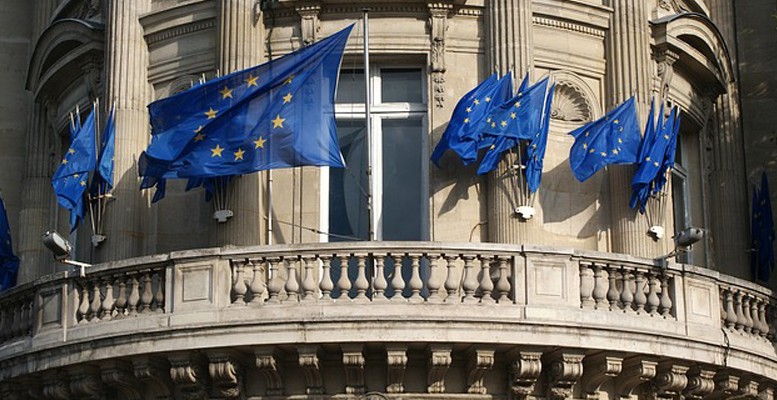It is estimated that eurozone GDP will grow 0.5% in the second quarter from the first.
The political challenges emerging in Greece and those derived from the risk of Grexit are not preventing the eurozone recovery from gradually expanding its base. GDP grew 0.4% in the first quarter underpinned by domestic demand, with strong consumption driven by lower inflation and good investment data.
Growth was not more more robust due to the decline in the external sector, especially in Germany, but it was stronger in other countries. In the second quarter, the recovery has continued at a good pace within the context of the eurozone criteria (0.5% quarterly GDP growth is estimated).
Confidence has taken a break and the Commission index remained stable in April and May. It fell three tenths in June, however, due to the correction in consumer confidence (a rise in oil prices and inflation).
But the average level in the second quarter remains higher than in the first. Current indicators suggest similar rates, this time with greater support from the external sector.
The available data (April, May) indicate slower growth in domestic demand: real retail sales grew 0.6% in the second quarter compared with 0.7% in the first; registrations remain stable after the previous strong increase; and production fell by -0.2% vs. 0.9% in the first quarter, indicating less intense investment growth.
With regard to exports, these have begun to grow strongly in the second quarter and fuel an improvement in the trade balance.
For the rest of the year we expect similar growth rates, taking into account that the economy is still at risk. Consumption will benefit from the trend in inflation, while the labour market will improve gradually (the unemployment rate has fallen to 11.1%).
The foreign sector will have more support from global growth, which also favours investment. Financial conditions have tightened in the last two months as a result of rising interest rates on the markets. But this increase is largely due to the better economic and inflationary outlook. At the same time, we observe an improvement in financing conditions offered by the banks for households and companies.
Furthermore, the ECB has reaffirmed its commitment with the full implementation of QE (September 2016) and, just in case, is more inclined to increase the volume of purchases as uncertainties about inflation evolution (0.2% in June) remain high.
Greater volatility in interest rates has been allowed, as seen in the last two months, as a normal consequence of QE. But the ECB would take measures in the event of an undesired tightening of monetary conditions. For example, significant increases in risk premiums.





